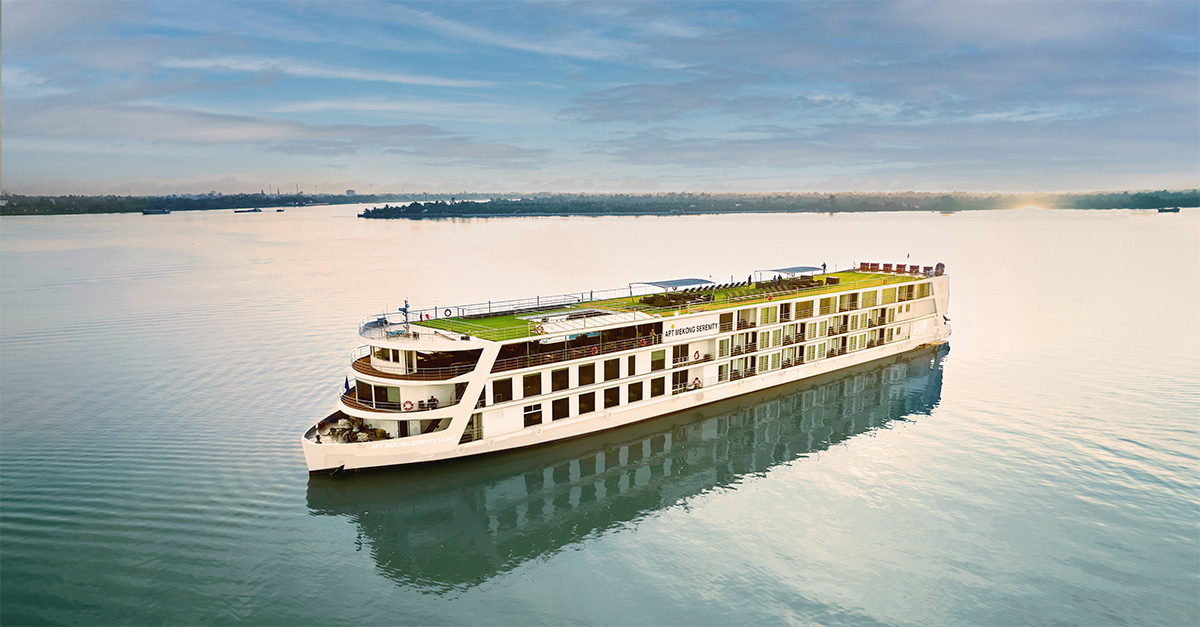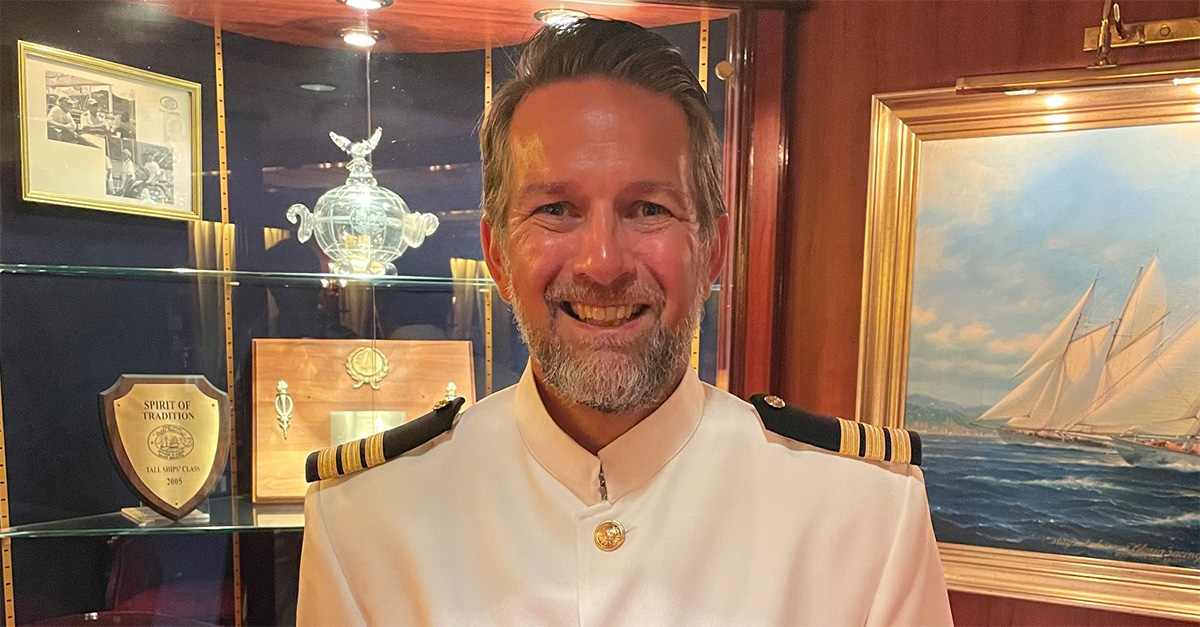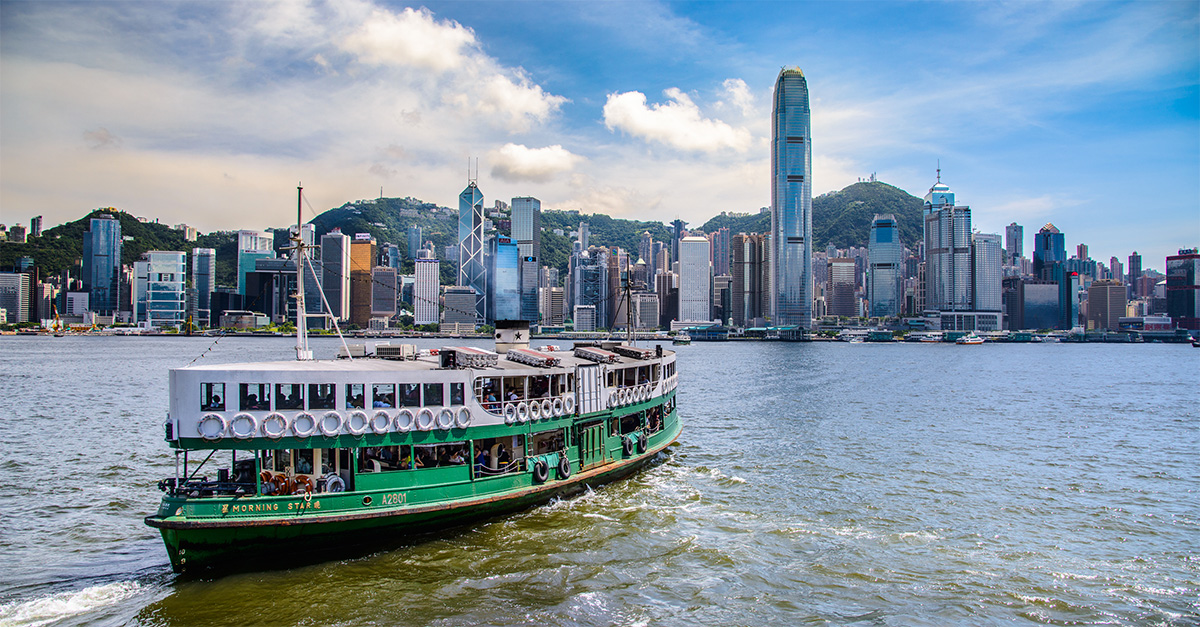The one-time stopover cruise port is fast becoming a marine sustainability leader, reports Steph Dyson
A tell-tale snap of twigs alerts us to the fact we’re being watched. The gloom of the early-morning forest takes some getting used to, and I spend a fruitless minute peering almost blindly into the darkness that’s wedged itself between every gap of the old-growth trees soaring skywards.
A louder crunch splits the air, and some 10 metres deeper into the jungle there’s the unmistakable outline of a white-faced capuchin monkey – all long, agile black limbs, with a creamy hood slung around its shoulders like a monk’s cowl.
Blissfully unconcerned by our presence, it’s swung down and is roaming the ground for seeds. I’ve never seen a capuchin monkey approach the forest floor, and the capuchins of Panama’s Coiba National Park are the first of any New World primates to demonstrate this behaviour.
Even more astonishingly, scientists have evidence of these monkeys using stones to break open the shells of snails, hermit crabs and coconuts – the only members of the capuchin monkey family to do so.
As we watch silently, my guide, Angelo Solanilla, whispers: “The scientists think they’re following the same evolutionary path we did.” I feel goosebumps rising on my skin.
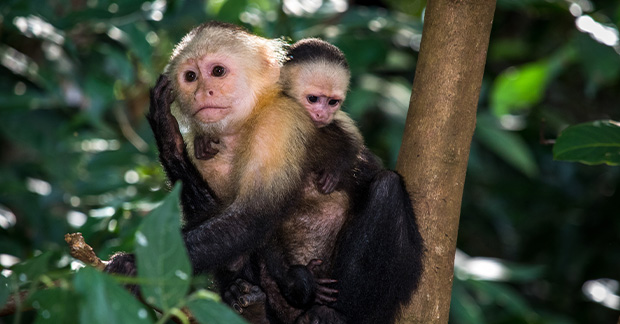
Coiba National Park
Located 30 miles off Panama’s southern coast in the Gulf of Chiriqui, Coiba National Park is exquisitely beautiful in a way that leaves your mouth gasping guppy-like for descriptors. Idyllic is one. Paradisical another. Former penal colony is a rather unexpected third. You see, Coiba’s history is as dramatic as its resident primates, watery sunrises and tropical fish in vibrant, Skittles-bright hues.
For close to a century, the namesake and largest island of the national park, Coiba, housed up to 3,000 of the country’s most dangerous prisoners and political opponents who were “disappeared” during Panama’s 21-year dictatorship.
Because of the fear inspired by the island’s residents, local people gave the entire area a wide berth and the islands survived with some 80% of their virgin forest intact. It was an act of serendipitous conservation and in 2005, the park was declared a Unesco World Heritage Site.
Located 30 miles off Panama’s southern coast in the Gulf of Chiriqui, Coiba National Park is exquisitely beautiful in a way that leaves your mouth gasping guppy-like for descriptors
As the Panama government invests $301 million dollars in a new sustainable tourism masterplan, Coiba’s glorious smattering of 39 tropical islands, hundreds of tiny, smudges-on-the-map islets and 216,500 hectares of water are set to become one of the country’s flagship national parks.
For most of us, Panama is synonymous with two things: the Panama hat (a design actually hailing from Ecuador) and the Panama Canal. The latter, since the US officially handed back control in 1999, is now 100% Panamanian and one of the country’s biggest attractions.
Watching container ships longer than two football fields being captained slickly and seemingly effortlessly through the locks is unexpectedly fascinating, and hundreds of thousands of cruise ship passengers experience this thrill each year. But you’d be forgiven for being less than familiar with the rest of Panama.
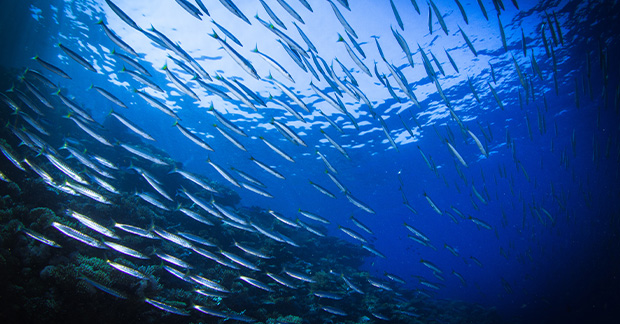
Marine protection
This looks destined to change. Coiba National Park hit the global radar last November when Panama joined forces with Colombia, Costa Rica and Ecuador in signing a declaration at Cop26 to enhance inter-governmental cooperation to protect the Eastern Tropical Pacific Marine Corridor.
Originally established in 2004, this marine highway connects Coiba with the Galápagos and is a crucial thoroughfare for everything from hammerhead and whale sharks to sea turtles, rays and pelagic fish, who use it to migrate, feed and, most importantly, reproduce.
It follows an expansion of Panama’s marine protected areas to a whopping 38,000 square miles, an act that has added Panama to just a handful of other countries in meeting the requirements of the 30×30 (30% of marine areas protected by 2030) global campaign.
Both actions have received praise from across the globe, and Coiba is now one of eight priority destinations set out within the Panama government’s new tourism strategy – a strategy which has at its core the recognition that conservation, research and tourism can go hand-in-hand.
After authorities were criticised by the International Union for Conservation of Nature for illegal fishing within the Coiba National Park, the region looks set to be on the receiving end of more-robust marine conservation practices, and there is a sense of optimism for what the national park – and Panama’s tourism industry – can achieve.
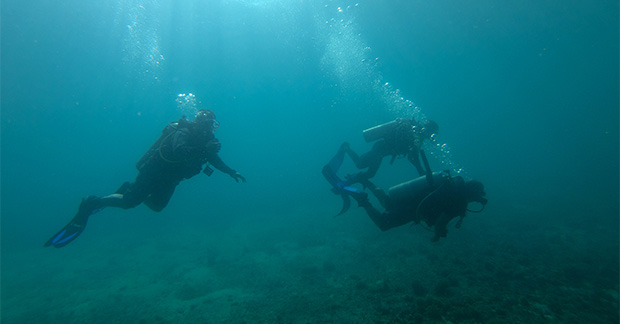
Beneath the surface
After just two days in the national park, both within its tropical moist forests and beneath the waves, I’m sold on the islands and their inhabitants, among them the endemic Coiba mantled howler monkeys, whose booming baritone barks punctuate the morning air, and critically endangered birds such as the crested eagles and scarlet macaw.
In the aquamarine, bathtub-warm waters, there’s close to two hectares of coral-rich reef where scientists frequently discover new species. Everywhere you turn, there’s life: playful pantropical spotted dolphins circle our boat and crocodile needlefish shoot spear-like above the waves.
To really appreciate the national park, you need to go beneath the surface – literally – where visibility of up to 20 metres is the norm.
Everywhere you turn, there’s life: playful pantropical spotted dolphins circle our boat and crocodile needlefish shoot spear-like above the waves
On a two-hour snorkel around Canales de Afuera, a little slip of an island just a short boat ride from Isla Coiba, I spot a hawksbill turtle resting on the sea floor, while flurries of yellow and black striped Moorish idol fish slip past and king angelfish in tangerine orange and electric blue hues flit between groves of delicate, life-giving coral.
Scuba divers can also fancy their odds for encountering whale sharks or one of the other 32 species known to frequent these waters. Coiba feels refreshingly underdeveloped, yet punching above its weight when it comes to wildlife. There’s a greater number of amphibian, bird and mammal species than neighbouring – but better marketed – Costa Rica.
And, after two days of kayaking, snorkelling, scuba diving and feasting ourselves silly on sustainably sourced lobster and sea bass cooked by local fisherwomen turned chefs, we’ve had far closer encounters with white-faced capuchins, hawksbill turtles and flying fish than most other humans. This is one of Central America’s best-kept secrets; it’s hard to image it’ll remain this way for long.
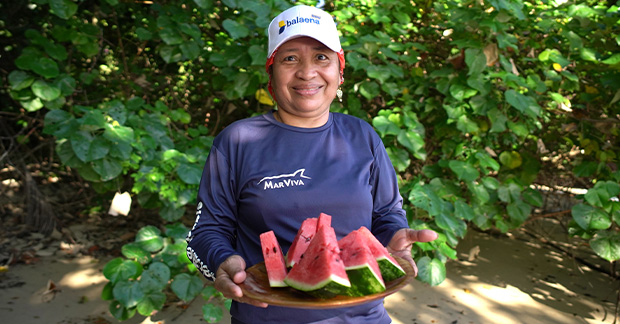
Ask the expert
Chris Rendell-Dunn, travel expert at Journey Latin America

Of the thousands of people that transit the magnificent Panama Canal each year, hardly anyone gives a second look to its interior. That’s great news if you like rare birds, cloud forests, glorious beaches and indigenous cultures.
Indeed, Panama is a country of contradictions where within 20 minutes of taking off over skyscrapers in the capital, you can touch down in indigenous territories such as the San Blas Islands.
This sun-drenched chain of Caribbean islets is an autonomous zone run by the indigenous Kuna, who are determined to preserve their traditional way of life and the natural environment.
We offer a community-managed sustainable tourism programme that supports these aims as well as other ecotourism initiatives supporting the nation’s seven indigenous groups.”
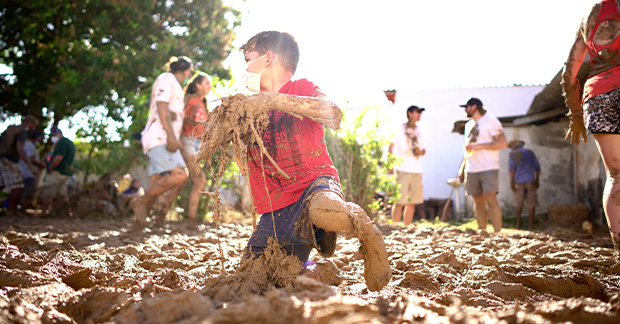
3 of the best experiences in Panama
- Get muddy and join members of the community as they build a traditional mud and straw house by taking part in a Junta de Embarra in Pedasí, a charming town on the southeastern tip of the Azuero Peninsula. It’s a day that brings together locals and visitors by reviving one of Panama’s messiest cultural traditions.
- Spend the day experiencing life on a traditional Panamanian farm at Finca Pamel in the Azuero Peninsula, where you’ll help make sancocho (Panamanian chicken soup cooked over a wood fire), be fitted for custom-made cutarras (leather sandals worn in the countryside) and enjoy a performance of folkloric dance by community members.
- Head out to Boquete to explore the new Coffee Circuit, which takes in fincas where Panama’s favourite caffeinated export is grown on the nutrient-rich slopes of Volcán Barú. Visitors can even sample the world’s most expensive, Geisha, which retails for over $1,000 perhalf kilogramme.
Book it
Journey Latin America offers a 10-day holiday to Panama, visiting Panama City, the Panama Canal, Boquete and Coiba Island National Park, from £3,145. The price includes international flights, transfers, excursions and mid-range accommodation on a B&B basis, with full-board in Coiba.
journeylatinamerica.com
PICTURES: Shutterstock/Kristina Vackova; Atta/Daniel Santos
Read more
Sustainable travel: 5 best new eco resorts
Discover the lesser-known north of Peru
Agent diary: Costa Rica with G Adventures

